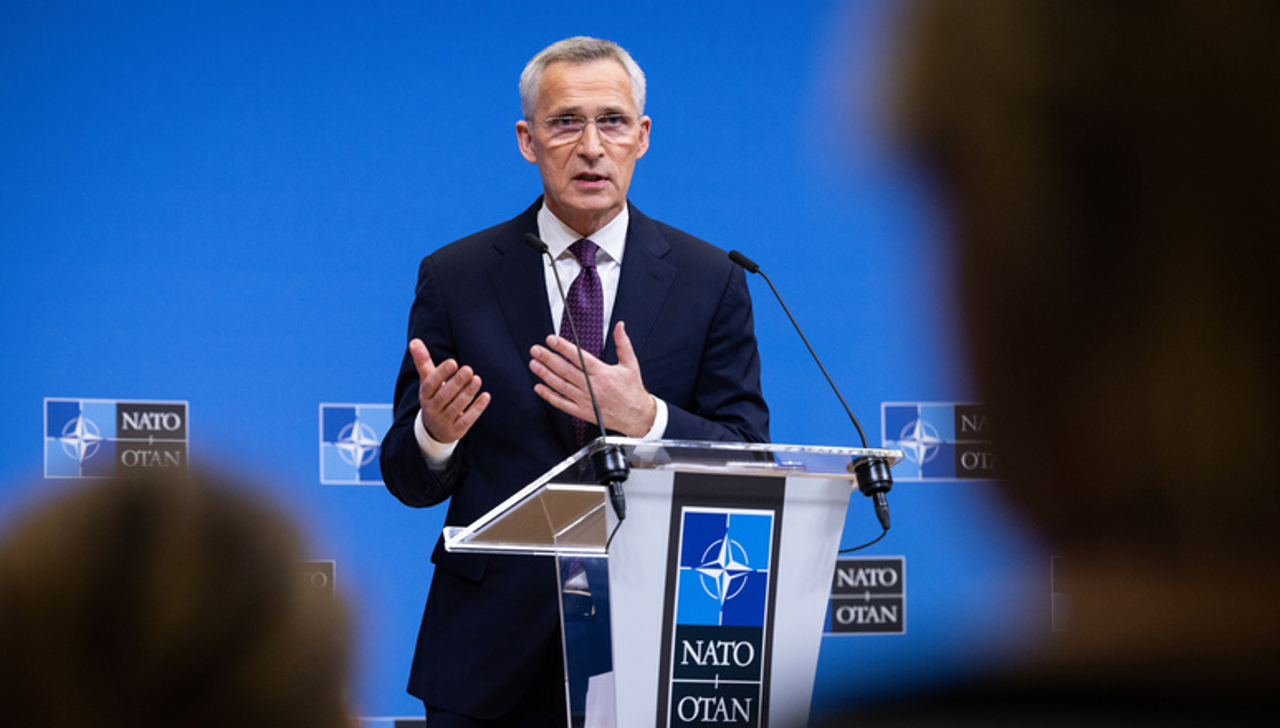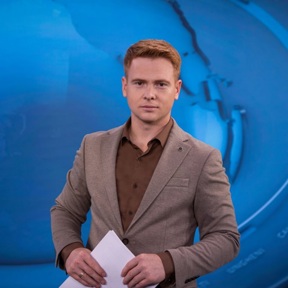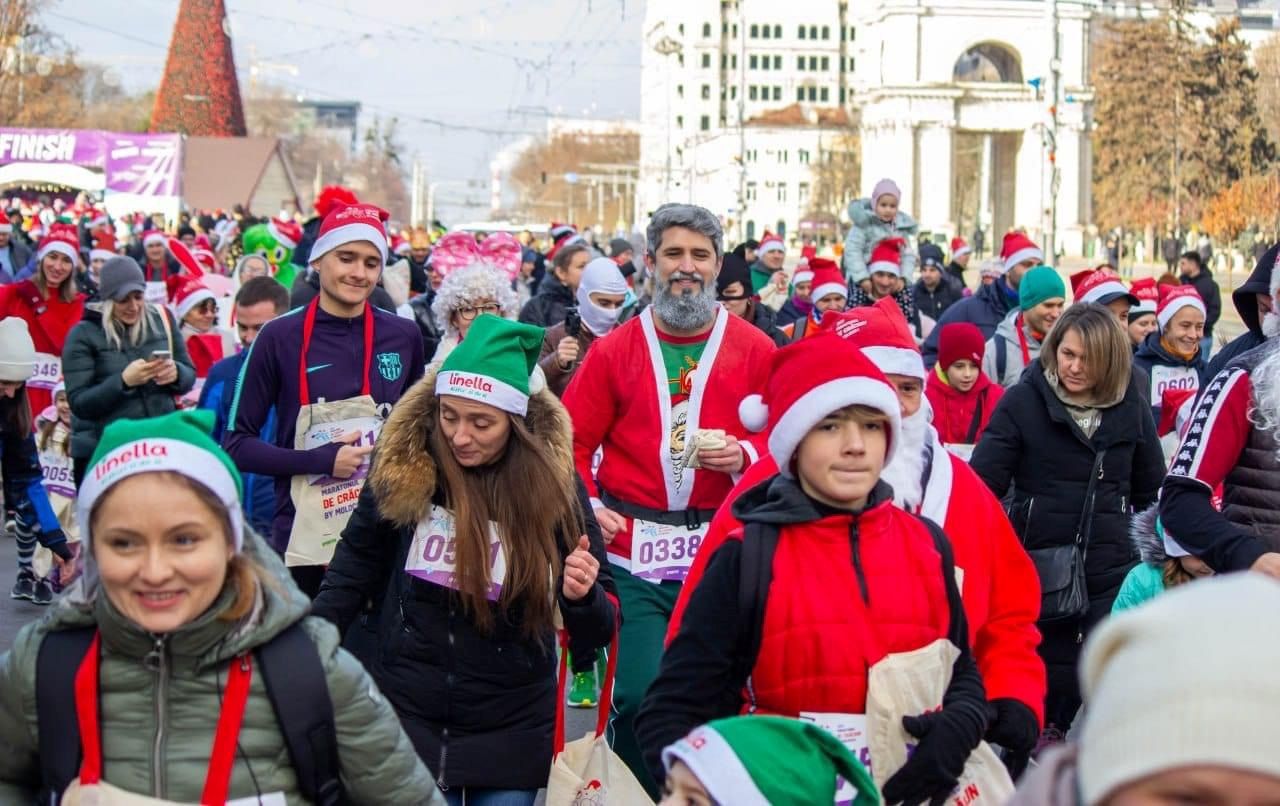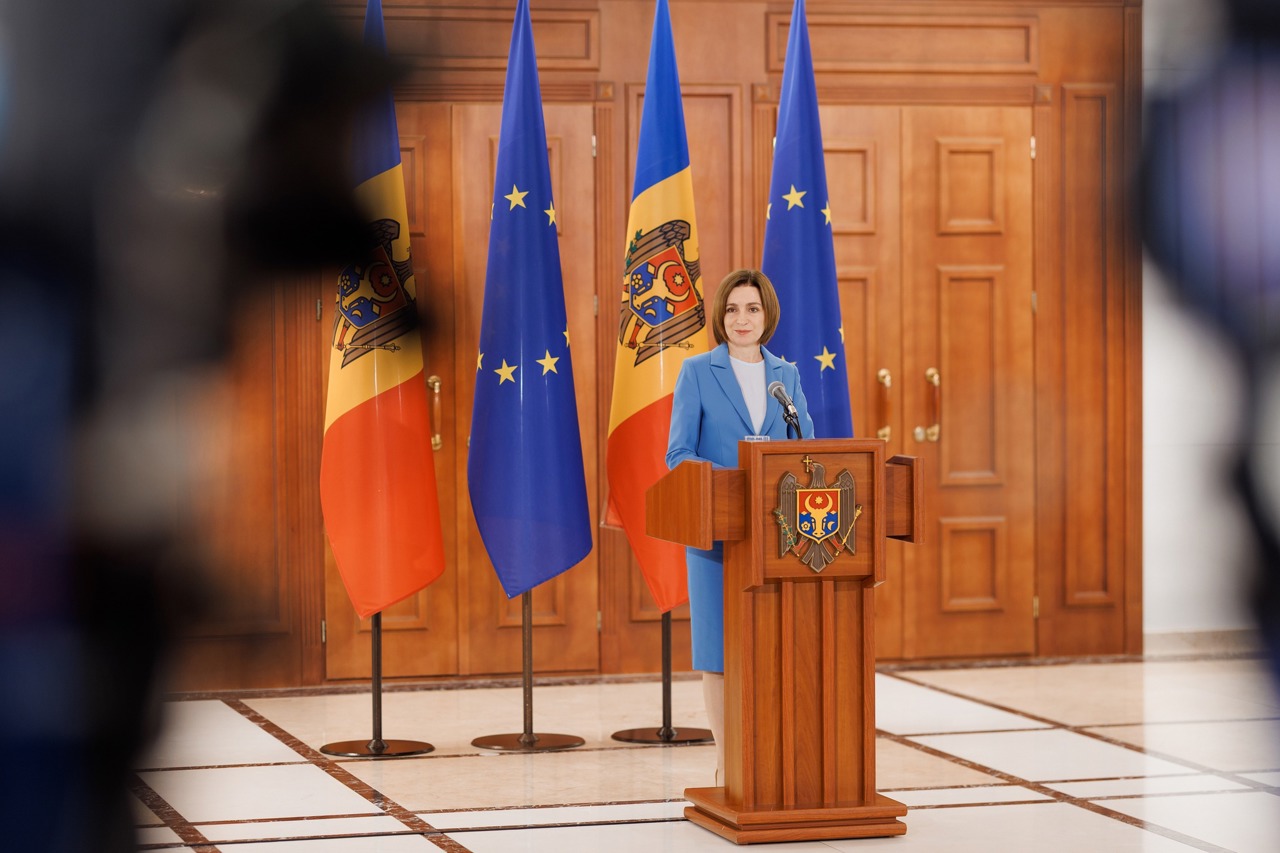NATO chief calls for new weapons and ammunition for Ukrainian counter-offensive
After a week of heavy fighting, the real test of Ukraine's counter-offensive to liberate Russian-occupied territory has yet to begin, while NATO Secretary General Jens Stoltenberg on Wednesday called for more Western military aid for the Ukrainian army so it can continue the counteroffensive despite losses already suffered, international news agencies report.

Ukrainian troops attacked last week on two front sectors in southeastern Ukraine, launching the long-awaited counteroffensive. A week later, the provisional assessment of the operation, according to Ukrainian military officials, is the recapture of seven villages and the recovery of only about 90 square kilometres of territory.
In contrast, the Ukrainian army has lost many Western heavy weapons in these clashes, including German Leopard-2 tanks and especially American Bradley armoured vehicles, but much of the Ukrainian troops prepared for the counteroffensive have not yet been engaged in combat, so a conclusion on its deployment is premature.
It is still too early to know whether this counteroffensive will be a "turning point" in the war unleashed by Russia, NATO Secretary General Jens Stoltenberg warned Wednesday, speaking at a news conference ahead of a meeting of the alliance's defence ministers in Brussels on Thursday and Friday. The focus of the talks is expected to be the supply of arms to Ukraine and the replenishment of NATO countries' ammunition stocks depleted by military aid to Kiev.
"The most obvious thing to do is to make sure they (the Ukrainians) have the weapons and resources to be able to continue their offensive," Stoltenberg stressed. "The (Ukrainian Defence) Minister Oleksii Reznikov and Ukrainian military commanders will brief on the urgent needs," he said.
"No one can predict the evolution on the battlefield. When you're up against well-prepared static forces with minefields and defensive lines, you have to expect casualties and the fighting is fierce," Stoltenberg warned.
He therefore said he expected "new announcements" of arms and ammunition supplies for Ukraine at the new meeting of the "Ramstein format", the US-led grouping of countries providing military aid to Ukraine in the war with Russia, which so far totals more than $65 billion.
"Weapons supplied by NATO countries are used for counter-offensive and they make a difference," but "our stocks are getting smaller. We cannot continue at this pace," summed up the Alliance's secretary-general, who called on member states to take on more ambitious targets for arms and munitions production and to conclude joint contracts. Military industry representatives will meet with NATO defence ministers after the Ramstein group meeting.
According to analysts quoted by Reuters, only three of the 12 Ukrainian mechanised infantry brigades prepared for the counteroffensive have participated in the offensive actions over the past week, and such a brigade typically has 3,500-4,000 troops. Of the 12 brigades, nine are trained and equipped by Western countries, according to the same sources.
The directions of attack suggest that the Ukrainian military is focusing mainly on Zaporozhye province and southern Donetsk province towards the Sea of Azov to disrupt Russia's "land bridge" to the occupied territories in southern Ukraine. Ukrainian generals now appear to be pursuing an advance to Tokmak, a town occupied by Russian troops and about 25 kilometres from the current front line, and 50 kilometres further south is the town of Melitopol, but both towns have been heavily fortified by Russian troops.





